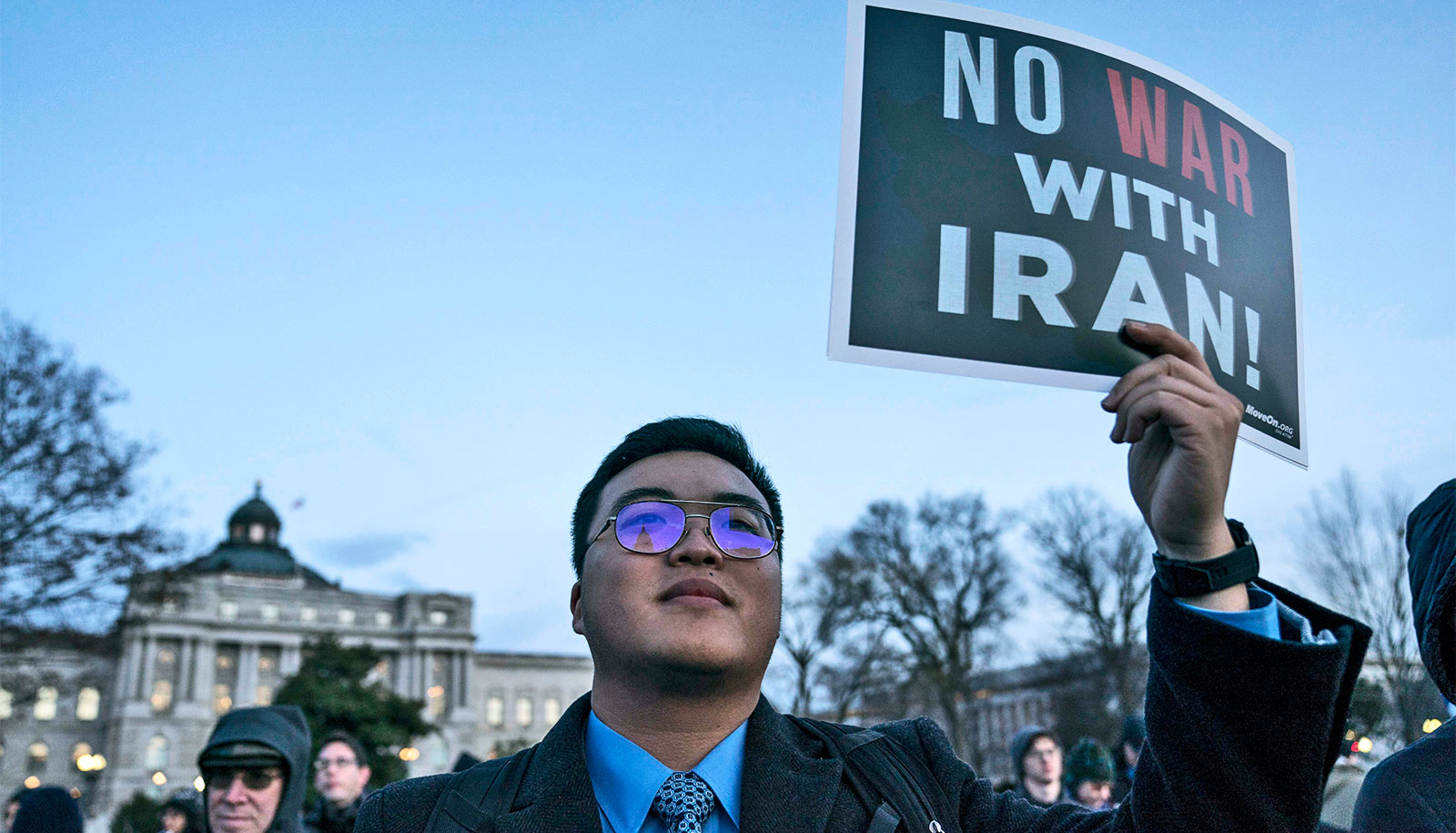Across Iran, protests have erupted over the killing of Mahsa Amini, a 22-year-old Kurdish woman who died in police custody after being apprehended for not wearing her hijab correctly.
The protestors’ bold acts of defiance against Iran’s Supreme Leader Ayatollah Ali Khamenei and the regime he represents are part of a long struggle for democracy, sovereignty, and independence among people in Iran, says Abbas Milani, the director of the Hamid and Christina Moghadam Program in Iranian Studies at Stanford University.
Milano is an adjunct professor at the Center on Democracy, Development and the Rule of Law at the Freeman Spogli Institute for International Studies and a research fellow at the Hoover Institution. He is a founding co-director of the Iran Democracy Project. His scholarship examines US-Iran relations as well as Iranian cultural, political, and security issues.
Here, he discusses how Iranians have been fighting for freedom and equality for almost 150 years and how Amini’s death is the latest centerpiece in that push for independence:
What does Mahsa Amini’s death represent to the people of Iran, and why are so many people protesting?
Mahsa Amini’s tragic death has become the focal point for the seething anger of Iranian women at the existing gender apartheid, and of the Iranian men distraught and angry at the continued rule of an incompetent, corrupt, and despotic regime.
The fact that men have joined women in their epic battle for equality, and that the youth, savvy about the world and despairing about their future, have joined hands to create a better tomorrow is the reason for the remarkable number of protesters in cities and villages all across the country.
What broader issues are people protesting against/about, and why?
People want democracy; women insist on equality; a vast majority of people want a normal government at peace with the world; they want independence for a prosperous Iran. The regime offers despotism, misogyny, a bankrupt economy, subservience to Putin and China.
What do people need to know about clerical rule in Iran and its restraints on women’s rights?
The Islamic regime in its constitution bars women from any of the high offices in the country. Based on its iteration of Islamic sharia it considers the life of women literally worth half the life of men. Men have the right to polygamy.
Women can file for divorce only under rare circumstances. After divorce, women receive virtually nothing by way of community property and women virtually never get custody of their children. Girls get half their share of inheritance compared to that of their brothers.
Women cannot receive a passport without the written approval of their fathers, husbands, or grandfathers, or uncles. No surgery can be performed on women without the approval of their male “guardian.” Many academic disciplines are closed to women.
Who are the “morality police”?
The morality police is the enforcer of these barbaric laws and is an Orwellian misnomer. It is in reality a brutish force created to force women to wear the hijab as the elder clerical male rulers deem it appropriate. It is a tool of sartorial despotism by clerics who think any sight of women can set aflame the passion of men and thus it is best women are kept under a cover.
Is there anything in particular that makes these current demonstrations unique?
The defiance of Iranian women, unity between women and men, the relentless participation of youth from all walks of life, and the increasingly defiant slogans against theocracy and against Khamenei make this a singular development.
Women are burning their forced hijab as a symbolic gesture of their insistence on gaining freedom. Iranian women have in fact organized a national #metoo movement. They need and deserve our support.
Under the current rule in Iran, what is needed to effect meaningful, democratic change?
For 30 years the people of Iran have tried every conceivable path to reform. Khamenei and his dogmatic defense of clerical despotism and his affinity for Russia have convinced the people that radical change is the only alternative.
What history is important for people to know about the country in order to understand the current protest?
Iranian women have for almost 150 years been struggling for freedom and equality. A couple of years before Seneca Falls [the 1848 convention that launched the women’s rights movement in the United States], a woman in Iran tore asunder her veil and delivered an erudite sermon to a bewildered audience. Women and men of Iran have fought for democracy, sovereignty, and independence ever since. These events are yet another stage in that long, almost Sisyphean, struggle.
The current protests are the latest manifestation of an incessant struggle by Iranian women and men for a secular, democratic Iran. The 1979 revolution was in reality an effort to create such a society. Clerical despotism, obsessively fighting the West, and being supinely subservient to Russia and China was not what the people fought for. The current stage of unrest is yet another effort to set the ship of state on its intended course.
Is there anything else you would like to add?
Iran is not a rogue Islamic regime. Iran is more defined by the likes of Mahsa Amini than the brutes who killed her and the regime peddlers who try to blame everyone—particularly Israel and the United States—for the calamity that is Iran and absolves the regime of its complicity.
Source: Stanford University



